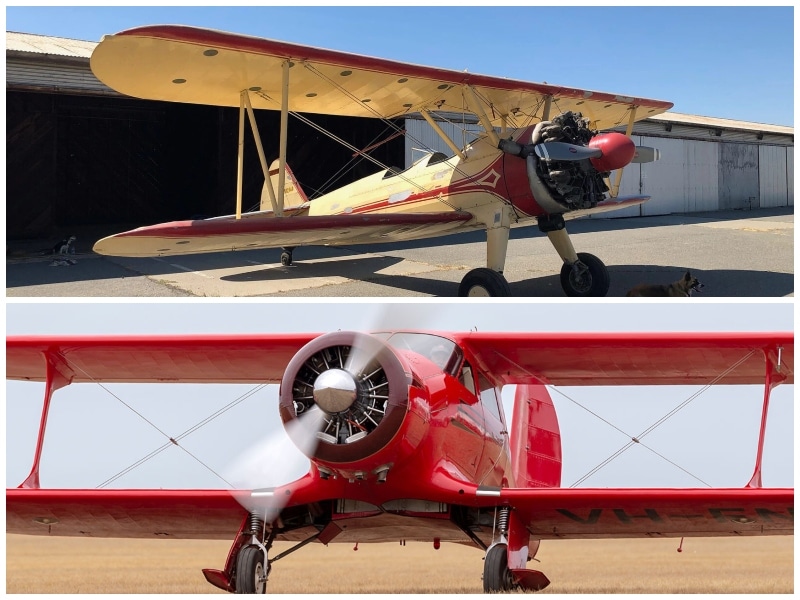
Sponsored Links
There is a vast list of wonderful little airplanes out there, ranging from nostalgic to technologically revolutionary. Many of them were created and designed for military purposes, while others are used for commercial ones. People with enough money even buy a small plane and get a pilot’s licence to fly them, and have an amazing experience. Private collectors tend to own a couple of small planes from different time periods.
Many of the airplanes on this list are outstanding in their own right, regardless of why they were developed and built. Attending an air show is the best way to see the majority of these little planes. Until then, you can look at a few of them here.
1942 Stinson G-77 Gullwing
Gullwing is known for producing intriguing aircrafts, being the 1942 Stinson G-77 Gullwing no exception.During the 1950s, many of the military’s top brass flew the Stinson.
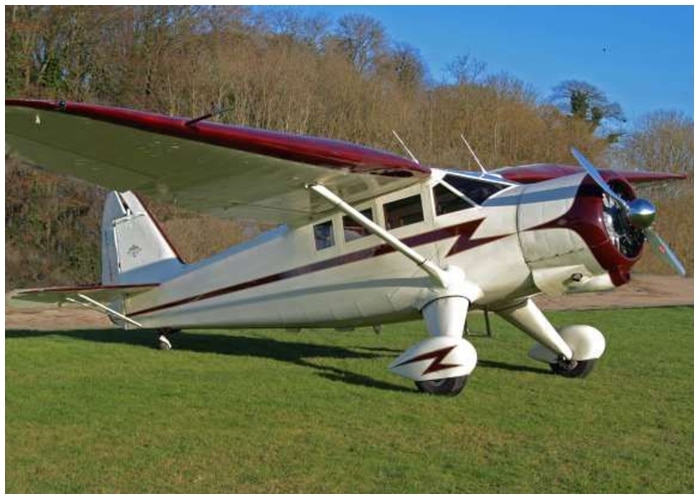
The plane you see in this photo was one of 500 units built for a joint program between the United Kingdom and the United States. During WWII, the single-prop plane saw a lot of combat, soaring across the skies of the United Kingdom and shooting down enemy planes.
Beechcraft Bonanza
The Beechcraft Bonanza was first introduced in 1947 by the Beechcraft Aircraft Corporation in Wichita, Kansas. This little plane has a single engine on board and can seat up to six people.
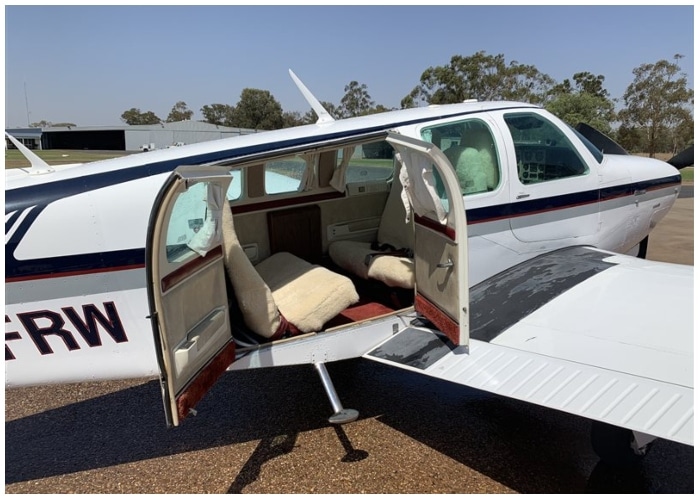
It is still in production today, and it holds the record for being the aircraft with the longest production run in aviation history. This is due to low production costs and the fact that it’s an excellent aircraft for flying in friendly skies.
Cessna 170
Cessna Aircraft Company produced the Cessna 170 from 1948 to 1956. It’s little, but it was certified as a Normal category airplane with a gross weight of 2,200 pounds in 1948.
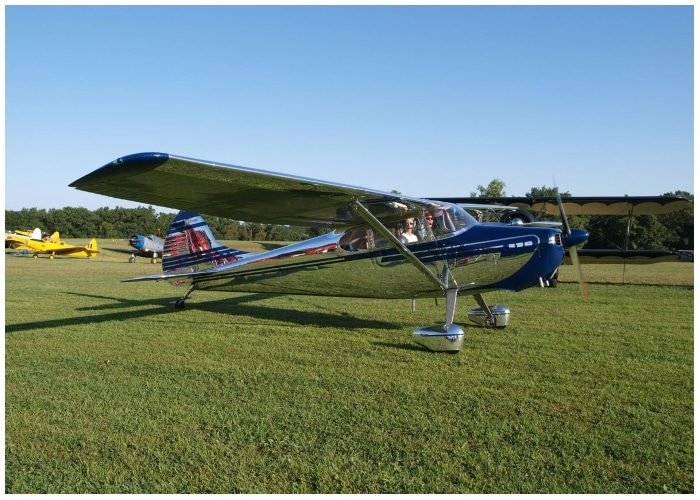
It can securely transport you anywhere you need to go, regardless of your size, as long as you stick to the weight restrictions. You can go ahead and purchase one, and you can also customize the paint as shown in the photo above.
Cobalt Co50 Valkyrie
The Cobalt Co50 model is a single-engine plane with seating for up to five passengers. The Cobalt was developed at Cobalt Aircraft in San Francisco, California, however the project was completed in July 2018 and handed over to Centauri Aircraft Company.
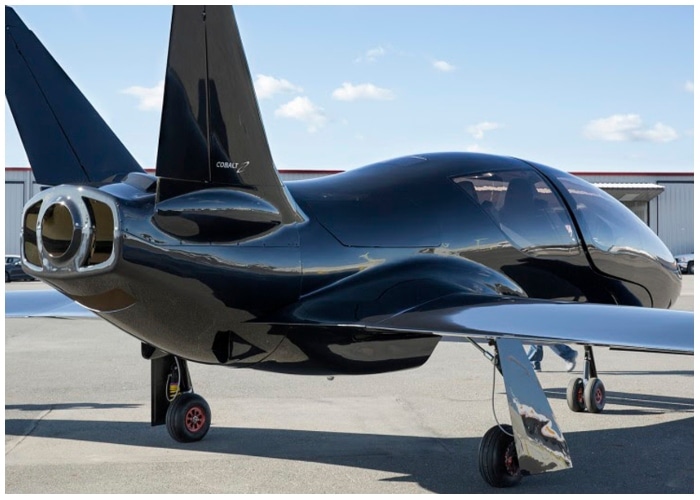
Although the maiden flight occurred in January 2015, there is still only one prototype. The producer hopes to obtain type certification in the future, but for now, it is only available for amateur building.
Grumman G-21 Goose
The amphibious Grumman G-21 Goose was greatly used during World War II. The monoplane was introduced in 1937, and it marked a number of firsts for the business that produced it.
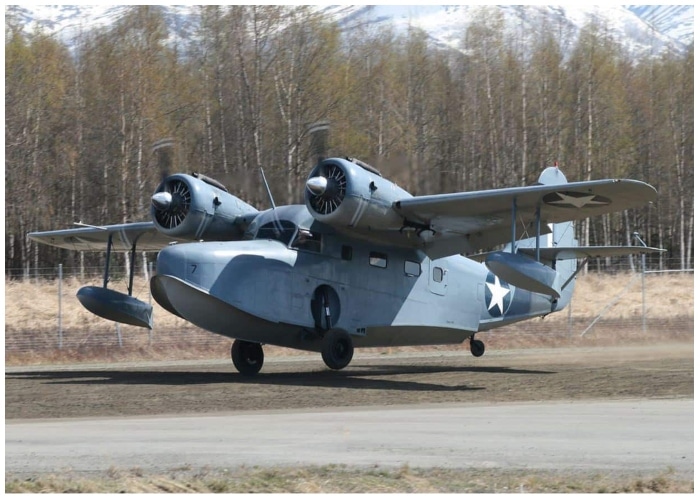
To begin with, it was Grumman’s first monoplane to fly. Second, it was the first aircraft to use twin engines. Finally, the G-21 Goose was the first Grumman aircraft to be used by a commercial airline. These achievements are incredible for an amphibious aircraft.
Legend Cub
The Legend Club is made by the American Legend Aircraft Company. The PA – 11 and the original NJ – 3 are the two basic designs for this aircraft.
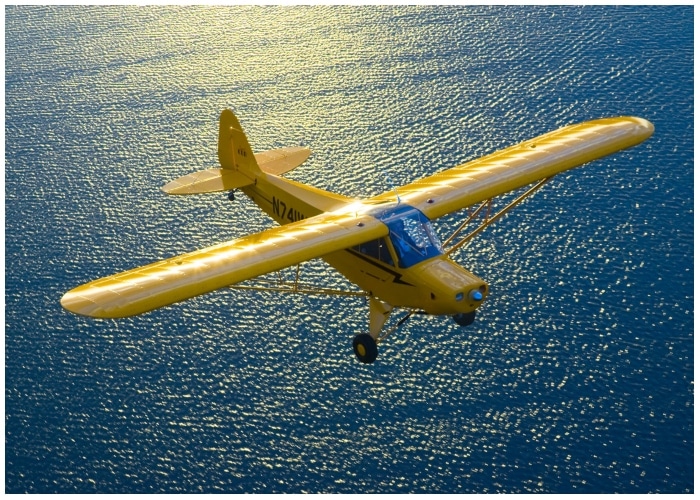
The nose cone design, which resembles nostrils, is probably the most distinguishing feature of this aircraft. It’s a single-propeller engine with an open cab that allows the pilot to view practically anywhere the plane goes. You can actually acquire one of these for under $20,000.
Nanchang CJ-6
The Nanchang CJ-6, a Chinese aircraft, was operated by the People’s Liberation Army Air Force. The CJ-6B, BT-6, PT-6A, Haiyan A, CJ-6, CJ-6A, Haiyan B, and Haiyan C are the eight various types of this plane, which were introduced in 1960.
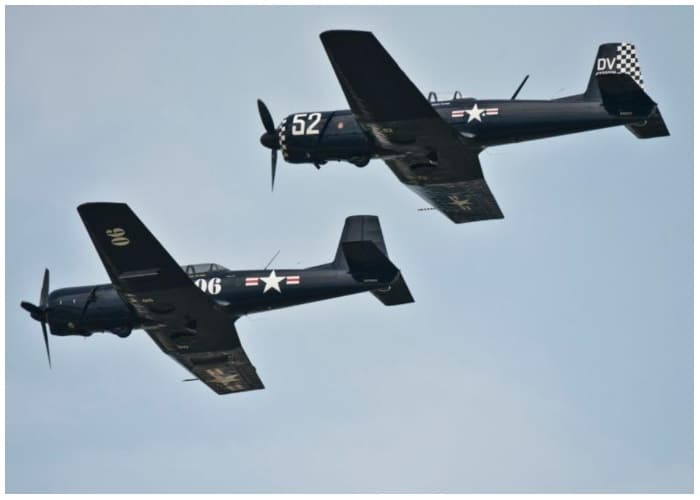
It is equipped with a 260hp Zhuzhou Huosai HS-6 radial piston engine as a first-generation production aircraft. Due to its low price and sturdy construction, the CJ-6A is a popular hobby plane for collectors.
North American T-6 Texan
The T-6 Texan was an important aircraft during WWII, although it was retired back in 1995. It may no longer be in production, but that doesn’t change the fact that it has a history. Texan was utilized in a variety of ways, depending on the type and air force.
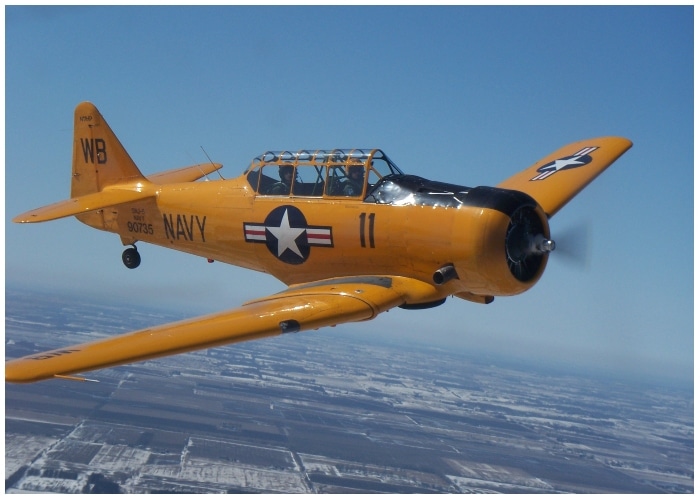
The Texan’s capabilities were used by several nations in their air forces, becoming an essential part of their fleet. Vintage ones are now available for purchase.
Beechcraft King Air
The Beechcraft King Air was introduced in 1964, and it was quickly adopted by the US Army, Navy, Philippine Navy, and Japanese Maritime Self-Defense Force. It not only has a nice design and appearance, but it can also fulfill tasks safely.
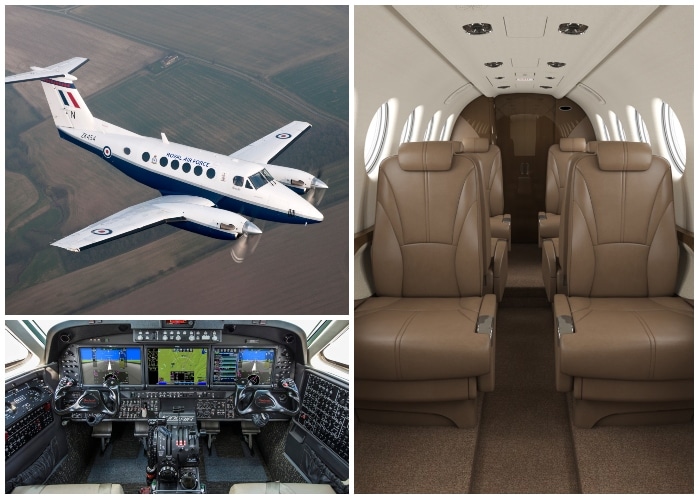
The King Air design has various versions, with twin-turboprop models classified into Super King Airs and King Airs based on their capabilities. Later in 1996, Beechcraft discontinued the “Super” moniker from its marketing campaigns.
Taylor Aerocar
Who wouldn’t want to buy an aircraft that resembles a little automobile with wings? Only six Taylor Aerocars have ever been manufactured.
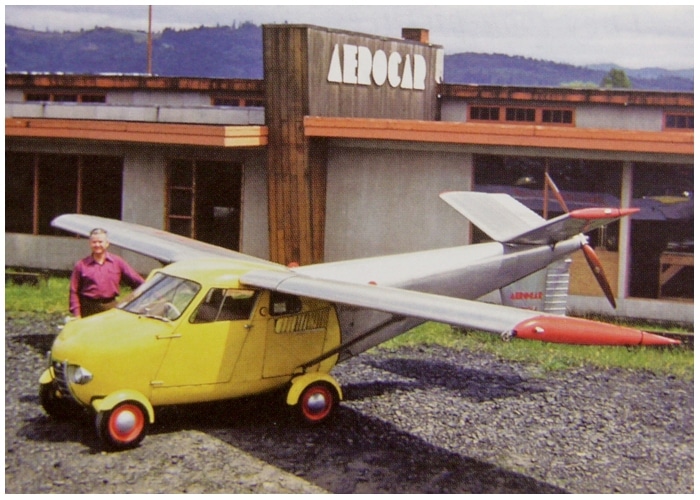
Moulton Taylor created a roadable aircraft in 1949, but it was never put into production. This looks like an aviation version of a clown car, which only adds to its appeal. If someone did own a Taylor Aerocar, we’re curious if they’d try to drive it on the road because it is roadworthy.
Curtiss JN-4
How often do you see airplanes on United States’ stamps? It doesn’t happen very often, and when it does, it has to be very remarkable. You may know that the Curtiss JN-4, also known as “Jenny”, was featured in $0.24 stamps.
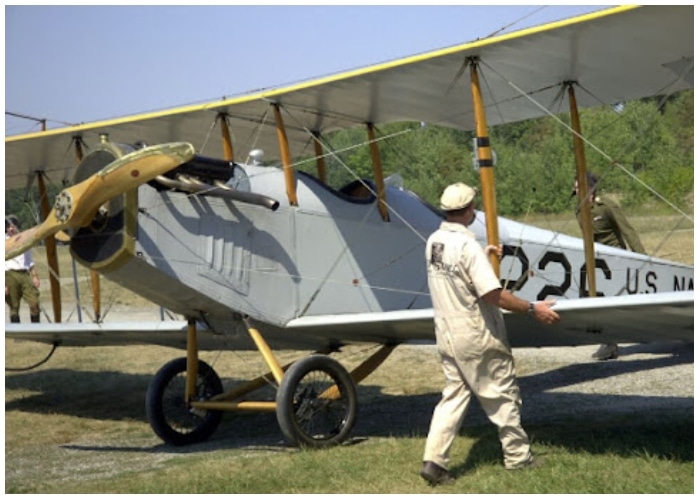
This aircraft is nearly a century old now, and it is a part of American aviation history. If you are interested in purchasing one, seek a restored model that costs roughly $150,000.
Beechcraft T-34 Mentor
The Beechcraft T-34 Mentor was a military trainer aircraft that first saw service back in 1953. It wasn’t limited to one country; the Japan Air Self-Defense Force, the Philippine Air Force, the United States Air Force, and the Navy all made use of it.
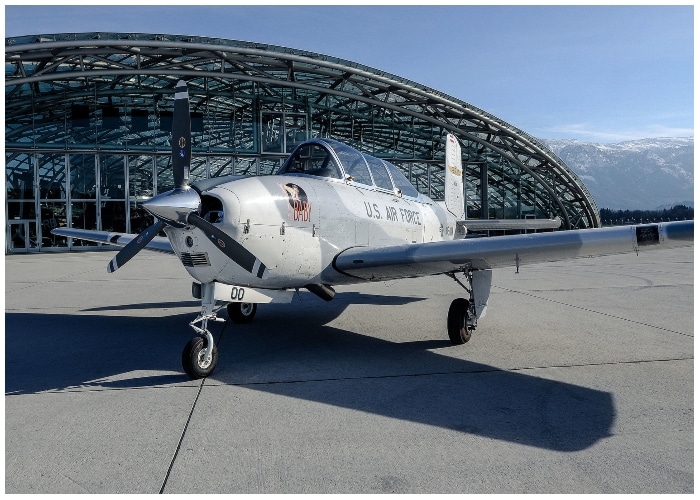
The YT-34C, T-34C Turbo-Mentor, T-34C-1, YT-34, T-34A, T-34B, and Turbo-Mentor 34C are among the seven types of this aircraft. However, the YT-34 is the only prototype model available to this day.
Luscombe 8
The Luscombe 8 is an eye-catching airplane. Don Luscombe worked most of his adult life to design and build an all-metal aircraft, and Luscombe Aircraft ended up manufacturing this monoplane in 1937.
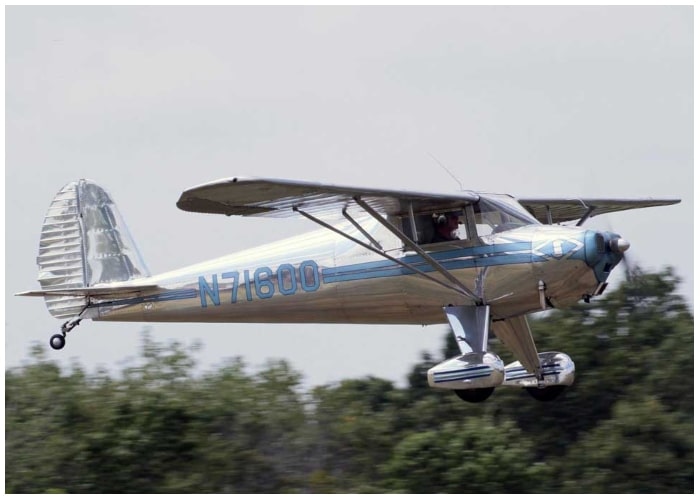
Luscombe was plagued by money problems throughout the process. He quit Mono Aircraft (who developed the Mono Coupes) to start his own business in Kansas City, Missouri, in 1933. If you’re interested in buying one, prices range from $20,000 to $35,000.
Lake Buccaneer
Since its introduction in 1950, the Lake Buccaneer has been in production. Lake Aircraft produced over 1,000 of these aircrafts, and you might be able to find one parked on a lake, which only adds to the title’s appropriateness.
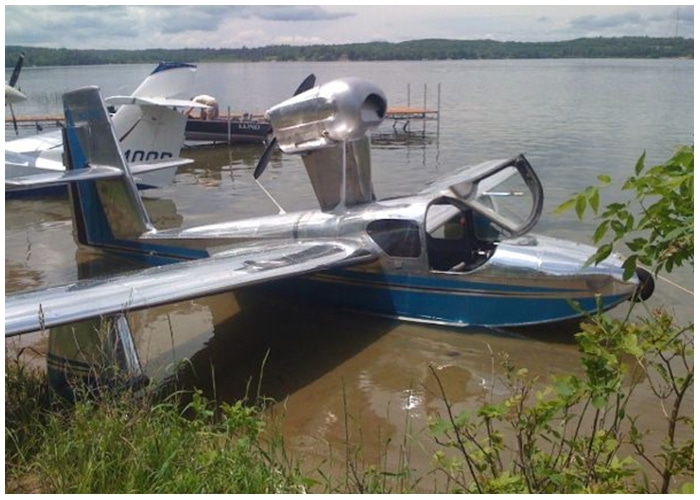
The Lake Buccaneer is a four-seat small amphibious aircraft. It was initially named The Colonial C-2 Skimmer, which evolved from the two-seat Colonial C-1 Skimmer. It is amazing how fast this aircraft evolved over time.
Advertisements
Cessna Skymaster
In 1961, Cessna introduced the Cessna Skymaster, a twin-engine plane. The California Department of Forestry and Fire Protection flew this aircraft for nearly a decade after it was produced until 1982.
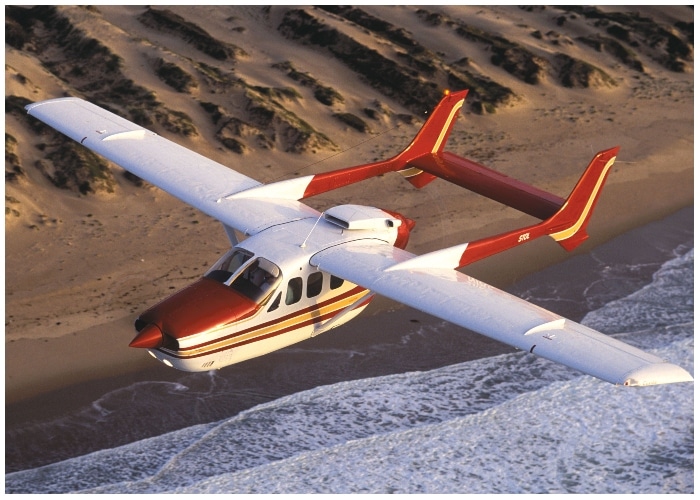
One of the Skymaster’s unique features is its center-line thrust, which is seen in the fuselage’s nacelle-like form. An engine with a counter-rotating propeller is located in the front. In the back, there’s a second engine with a pusher propeller referred to as “push-pull.”
Piper PA-32R Saratoga
Piper Aircraft, based in Vero Beach, Florida, built the Piper PA-32R, a metal fixed-wing aircraft. It was produced from 1975 to 2009, however it began in a quite different way.
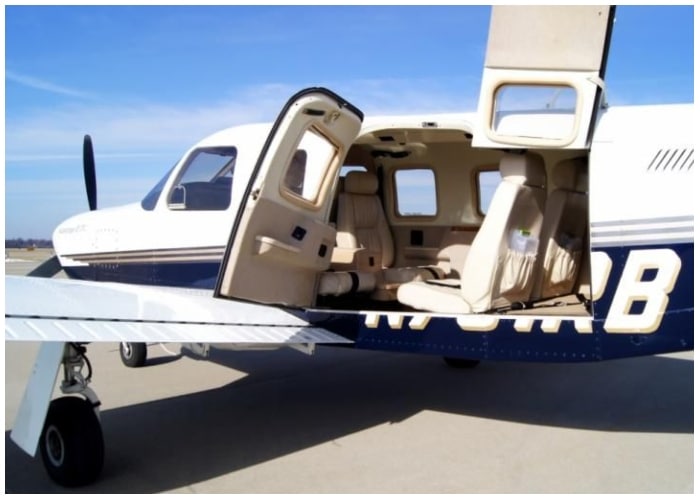
The Piper Lance, which was a retractable variant of the Piper Cherokee Six, was the initial design. With the passage of time, it evolved into the Piper Saratoga, as seen here. It has the same nostril feature as the Legend Club, which we covered before.
Piper Cherokee 140
When it comes to classic little aircrafts, the Piper Cherokee 140 comes to mind. When you think about aviation history, it makes you nostalgic. The first batch was made in January 1960, and they’re still being produced now.
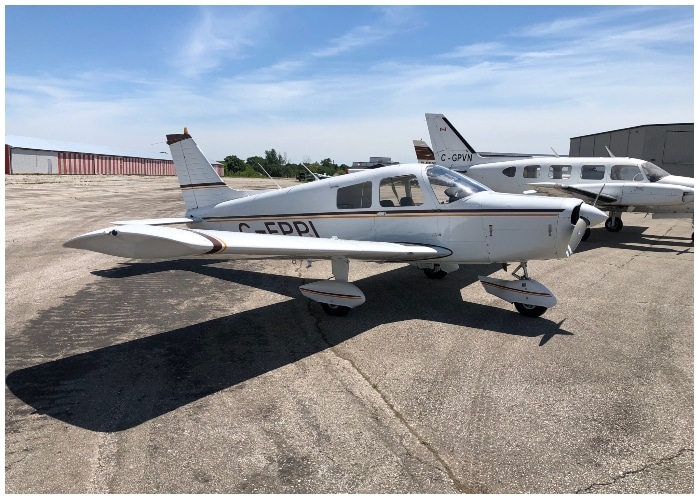
With four seats and a single prop engine, the Cherokee 140 was designed for flying training and recreational use. Many pilots prefer the fact that the single cabin isn’t pressurized. You can acquire one for $75,000.
Cessna 195
The Cessna 195 was introduced in the 1940s and had a seating capacity for six passengers. It wasn’t particularly spacious at the time, but it was comfortable enough. You couldn’t complain much while flying back then.
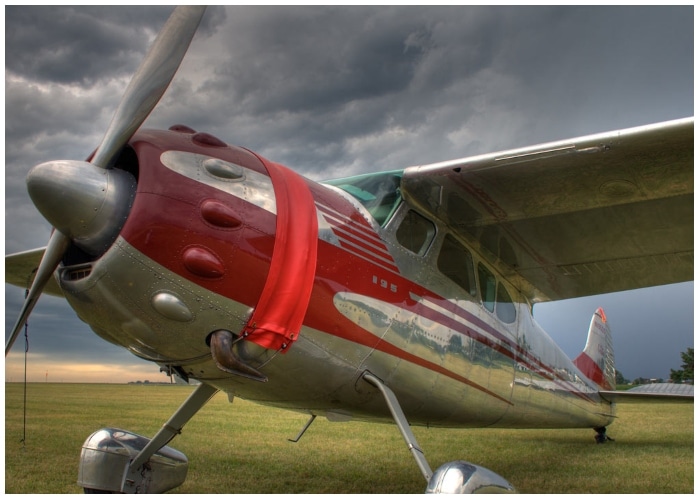
The overwing design is one of the aircraft’s drawbacks. When compared to an onboard wing plane, it makes you jerk when it swings and sways, which can be scary. Regardless of its flaws, the Cessna 195 remains a classic.
Aero Commander 690B
The Aero Commander 690B was only a utility and business aircraft when it was introduced in 1952. They were produced between 1951 and 1986 and were quite the success.
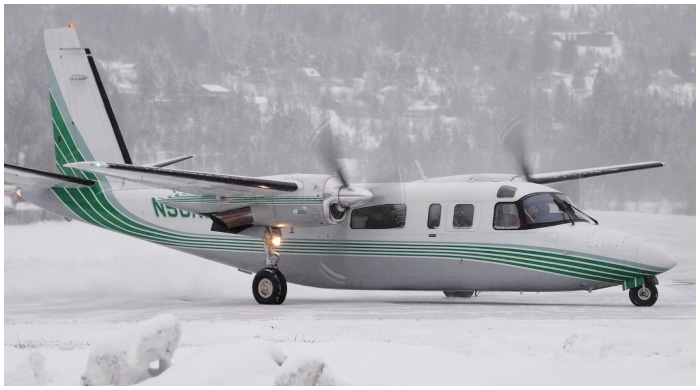
The Commander 690B turboprops stand out amid the Piper, Beechcraft, and Cessna tiers thanks to their towering tail and low-slung body. Although they were popular, they are no longer in production.
BE-103 Bekas
The BE-103 was developed by Beriev in Russia, but it was built by KnAAPO. It is an amphibious seaplane that first flew on July 15, 1997. Tt is commonly referred to as “Snipe” in English.
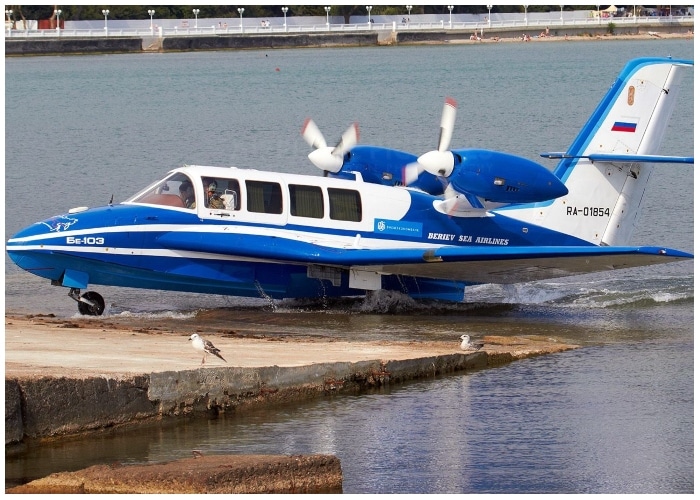
Snipe’s main purpose is to run an autonomous operation in Siberia’s distant reaches. The Snipe was commonly used to reach inaccessible lakes, streams, or rivers.
Cessna 208
The Cessna 208 variant was introduced in 1982, and more than 2,500 have been made since then. This little aircraft can carry 340 cubic feet of cargo.
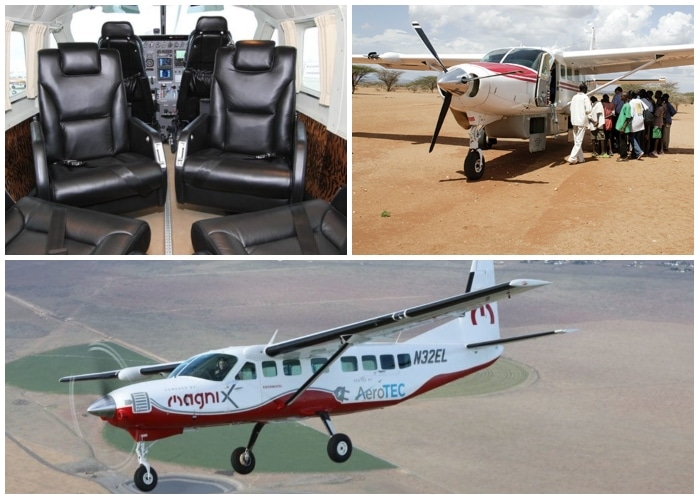
The Cessna 208 also includes an optional 111.5-cubic-foot belly pod if you need more space. It won’t fit a human or an animal, but it will hold all of your belongings.
Gemini
This antique British aircraft has four seats and is powered by a twin engine. Miles Aircraft Company conceived the design and built all of the models at the Aerodrome.
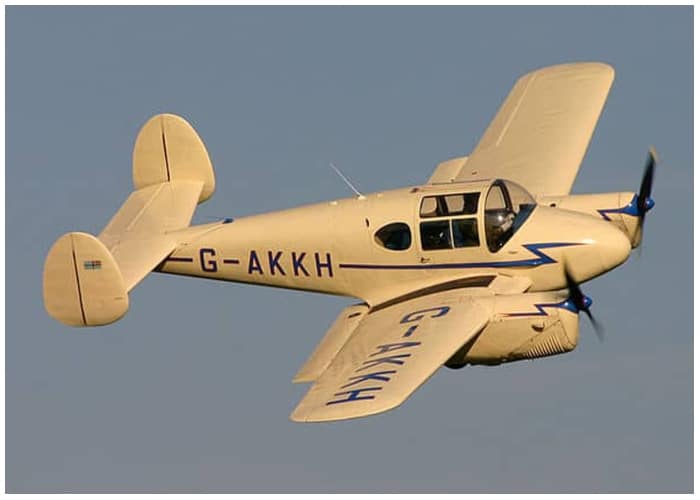
When it first appeared, the same business dubbed it the “world’s safest light airplane.” These are very popular among recreational flyers nowadays, and you can get one for under $40,000.
Adam A500
The Adam A500’s is known for the elegant double/single wing it has on the back. Many hailed it as groundbreaking when it was initially released in 2003, owing to its integrated cockpit design.
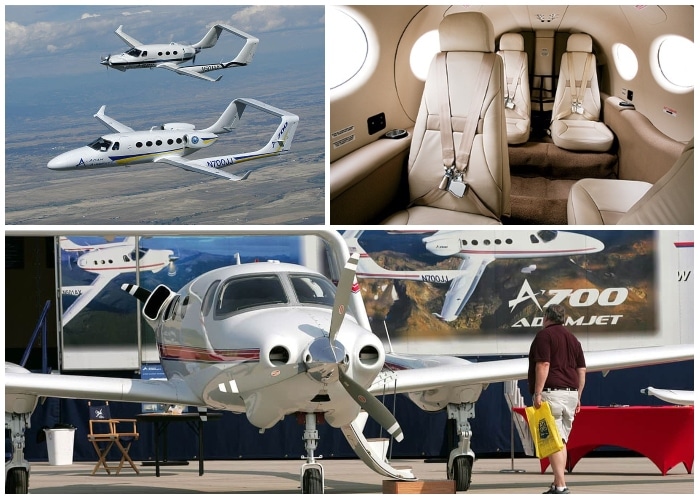
Despite this, it is safe to conclude that this isn’t a plane for amateurs or recreational use. Those who own one are usually highly experienced pilots.
AT-6 Harvard Texan
The AT-6 Harvard Texan is a member of the Harvard’s Yellow Thunder formation team. These aircrafts were designed in 1934 and are a sight to behold when they fly in formation! They are propelled by a 600-horsepower Pratt & Whitney supercharged radial engine.
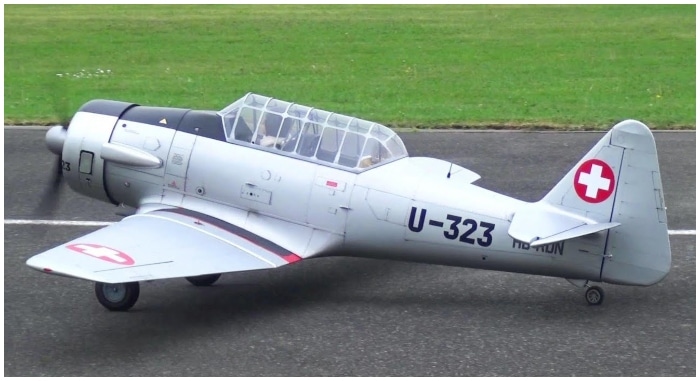
The Harvard’s propeller tips exceed the speed of sound, which allows the plane to create a loud roar.
Stearman 75
The Stearman 75 is a biplane with a single propeller, traditional landing gear, and precise handling. Because of the size of the tires, this aircraft can land practically anyplace. The Stearman 75 was designed to train military troops, and around 10,000 were constructed between the 1930s and 1940s.
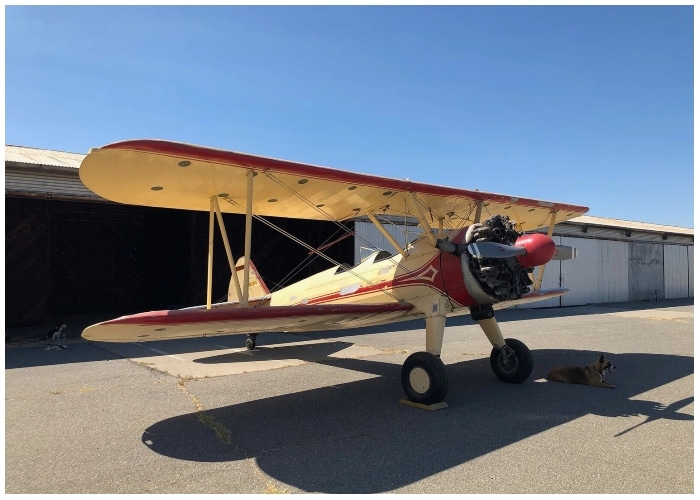
They’ve evolved into sporting planes frequently employed for acrobatics at airshows.
Boeing Model 40C
The Boeing Model 40C is a classic, but not for the reasons you may think. Airmail was first introduced in the United States in the 1920s. This made mail delivery way easier and allowed for a lot more mail to be delivered than previously.
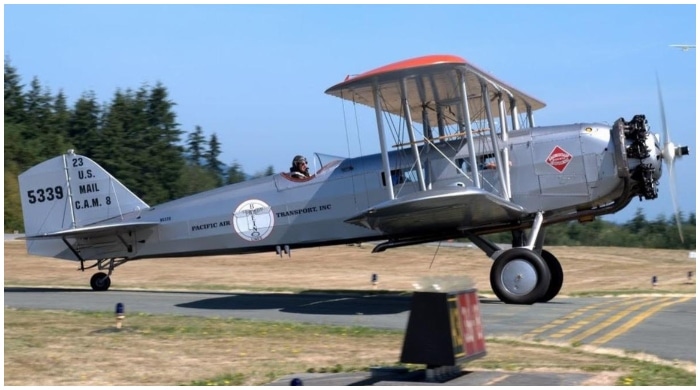
The jet would stay in service for approximately a decade before joining the United Airlines fleet.
1950 Avro Anson
The 1950 Avro Anson is a postwar aircraft that costs roughly $200,000 to purchase.
The twin-engined 1950 Avro Anson was designed by Roy Chadwick in 1934. Initially, he employed two Cheetah VI engines with a combined output of 295 horsepower.
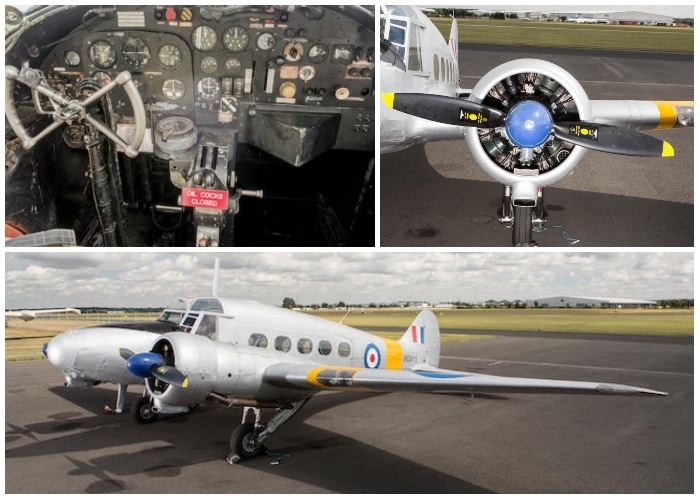
It also had a single turreted forward-firing machine gun! They even modified the fuselage capable of housing a bomb.
Curtiss-Wright AT-9
The production for the Curtiss-Wright AT-9 aircraft began in 1942, after a prototype that was created back in 1941. Although the prototype’s wings were covered in fabric, the final product was made entirely of metal.
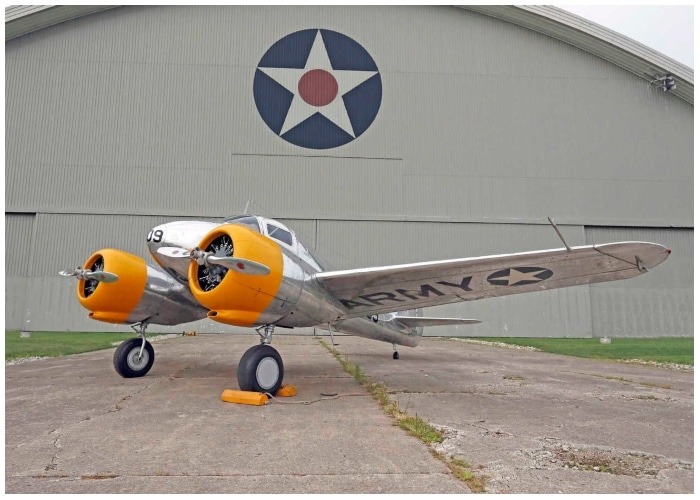
They utilized it to educate novice pilots on how to operate under duress because it wasn’t easy to control. In 1943, Curtiss-Wright discontinued producing them.
Cessna 150 G
For anyone seeking to buy a plane, the Cessna 150 G is a modest and economical option. The model shown has a single propeller and a 150 horsepower engine. This is one of the finest in class when it comes to short field performers.
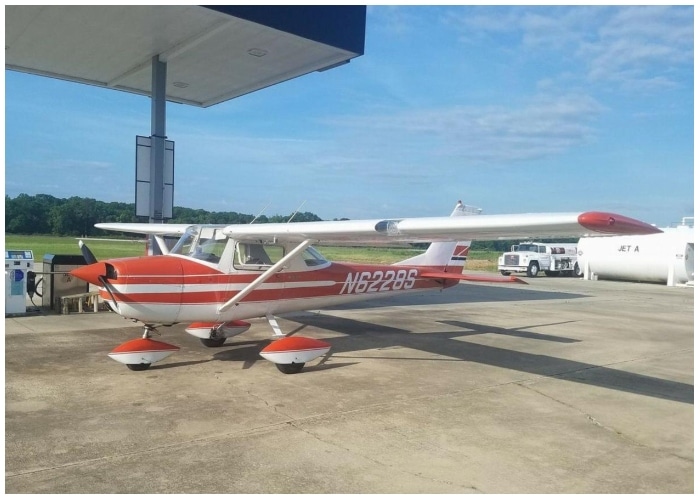
Advertisements
The cool thing about them is that each one is designed differently, making them all one-of-a-kind.



Comments